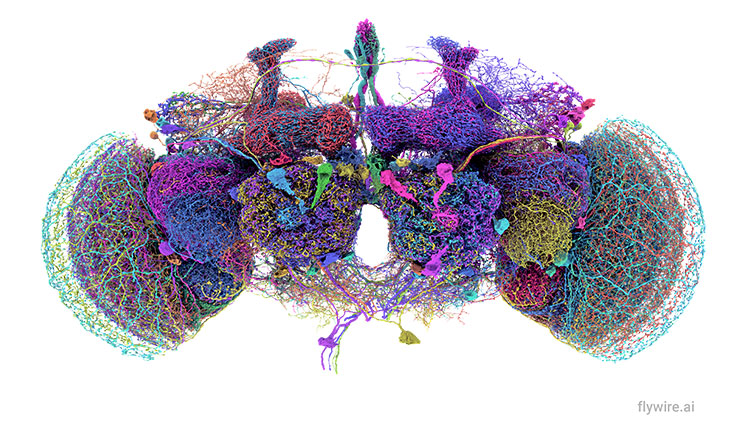Funding for Discovery
- Published1 May 2012
- Reviewed7 Nov 2014
- Source BrainFacts/SfN
How is neuroscience funded?
The majority of research support comes from publicly funded agencies. Nations recognize the importance of investing in basic and clinical research to advance understanding of biology and improve health and the human condition.
Philanthropic foundations and nonprofit organizations are other important funders, working to advance basic scientific understanding and improve outcomes for health and disease. Private companies also make large research investments in an effort to develop new drugs, medical devices, and therapies.
Public funding
In the United States, publicly funded agencies such as the National Institutes of Health and the National Science Foundation are the most common funders of neuroscience research. The NIH is the largest funder of biomedical research in the world. Neuroscience is also supported by other agencies such as the Veterans Administration, Department of Defense, and others.
In the United Kingdom, funding for neuroscience comes mainly from the Medical Research Council and the Biotechnology and Bioscience Research Council. In Canada, the Canadian Institute for Health Research is the major funding body.
Worldwide, countries strive to invest considerable resources in research. More information about nation-by-nation investments in neuroscience can be found by contacting national and regional neuroscience societies.
Global competition — and cooperation
In a globally competitive economic environment, many nations work to enhance their country’s science funding as an economic strategy. Countries with strong scientific investment are among some of today’s fastest growing economies.
At the same time, many countries work collaboratively on scientific programs, creating joint funding and working relationships with other nations. This was the topic of a 2011 report from the Royal Society in the United Kingdom. This collaboration takes advantage of modern communication and diplomatic relationships to expand the effectiveness of science and builds relationships across borders.
Securing funding
To obtain funding, scientists frequently go through a rigorous and competitive grant process. Funding institutions receive thousands of proposals and allocate money to those scientists whose research ideas are determined to be the most promising.
Often, a process called peer review is used to determine which projects are most important to fund at a given time. In peer review, groups of scientists volunteer to review emerging work and grant applications; based in part on that evaluation, research is scored and grants are given to laboratories with top scores. Outcomes are reviewed for effectiveness and impact. Different countries approach peer review differently.
The goal of peer review is to ensure that scientists fund high-quality science, maximizing investment to support long-term advances in science and health.
CONTENT PROVIDED BY
BrainFacts/SfN
Also In Supporting Research
Trending
Popular articles on BrainFacts.org

















